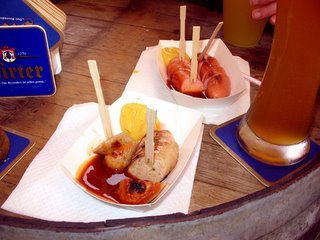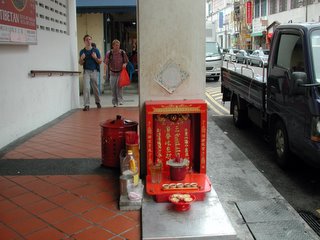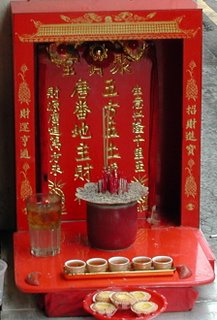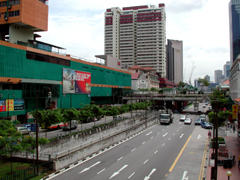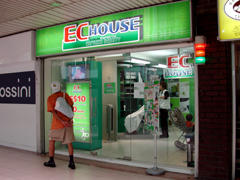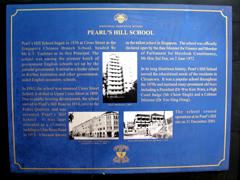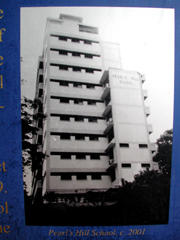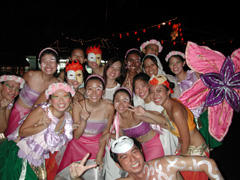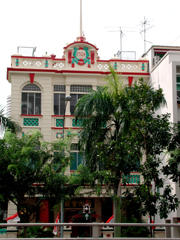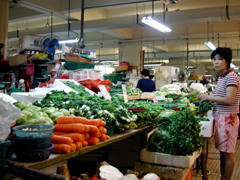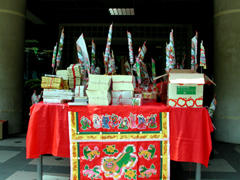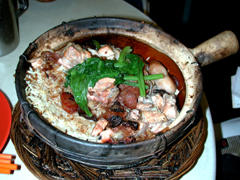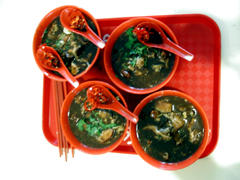 Christmas has come and gone. The new year is only hours away. And now Chinatown is preparing for the Chinese New Year of the Dog, which falls on 29 January 2006. Many interestings props were already awaiting in various "hideouts" waiting to be put up. Now, they are in the process of putting up.
Christmas has come and gone. The new year is only hours away. And now Chinatown is preparing for the Chinese New Year of the Dog, which falls on 29 January 2006. Many interestings props were already awaiting in various "hideouts" waiting to be put up. Now, they are in the process of putting up.A few weeks before Chinese New Year is probably the only time of the year when the place will be crowded as people from all over Singapore will flock here to buy the traditional stuff to prepare for the Chinese New Year (CNY). Others will come to soak in the atmosphere. In the old days, the very young would venture into the crowd with their parents risking suffocation as it was really shoulder to shoulder. These days, the crowd is as thick. But then, in those days, it could be the only time for the family to buy new clothes and some tidbits for the CNY. Ah, Singapore has come a long way.
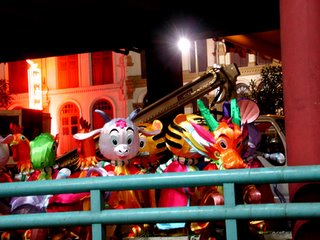
Soon, traditional yummy food - maybe only for the older people? - like Chinese sausages, waxed ducks and meat, Yunnan Ham (that one uses a normal saw to saw it), and Shitake mushrooms will be on full display.

